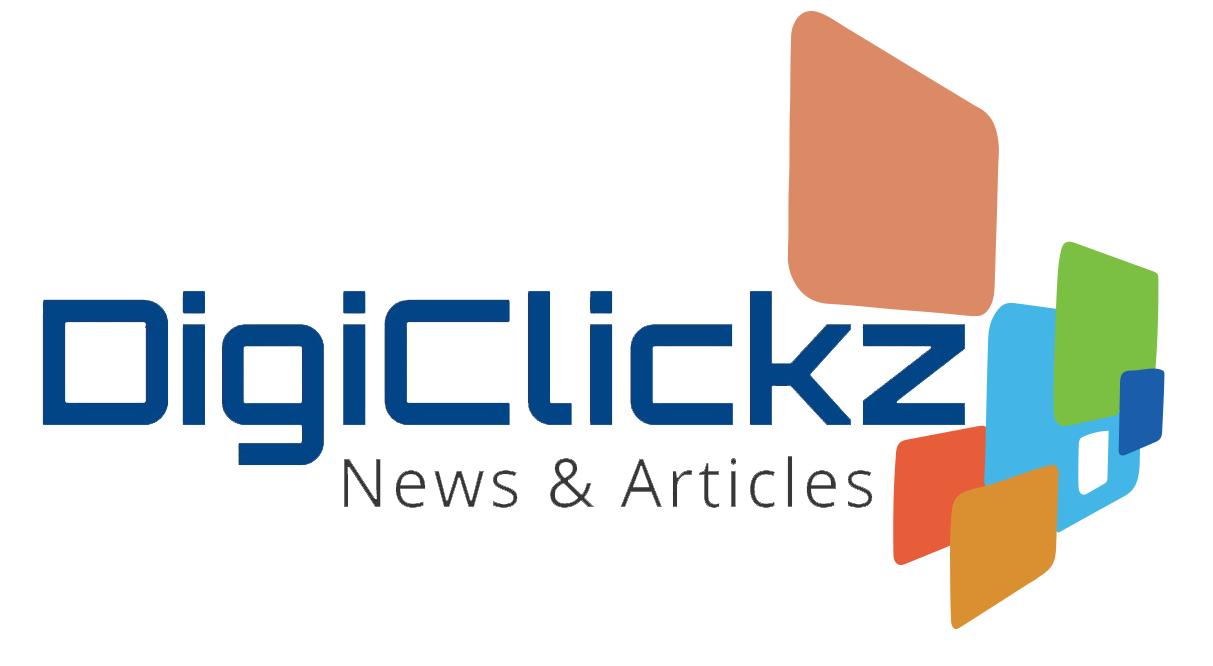The phrase “Web 3.0” was first coined back in 2006. Viewed by some industry insiders back then as an “unobtainable dream“, the idea of Web 3.0 has remained elusive.
However, as technology catches up and the tech giants figure out ways to make sense of the reams of unstructured data we create every second, the dream seems much more obtainable than ever before. In fact, many argue it is already a reality.
This is a more contentious question than it might at first seem. Many opinions exist on the topic, but the general consensus is that Web 3.0 ushers in an entirely new way of creating websites, of interacting with them, and of utilizing the data that these interactions generate.
Techopedia’s definition contains a clear depiction of how big this change is: “Web 3.0 will be a complete reinvention of the web, something that Web 2.0 was not. Web 2.0 was simply an evolution from the original Web.”
Web 1.0 was essentially a repository of information that people could read passively, without being able to shape the information or add their own. The move to Web 2.0 was given concrete shape in everyday aspects of online life, such as submitting product reviews on Amazon or launching a personal blog. People were to become very active participants online, whether on social media or on reputable news sites.
We can summarize our definition by identifying five key factors that set Web 3.0 apart from its earlier incarnation:
Artificial intelligence will be used in every walk of life to carry out computational tasks humans are incapable of completing. It will also make decisions for us, whether in driver less cars or in our digital marketing strategies.
Virtual & augmented reality – Brands are tapping into the possibilities these technologies bring, providing an entirely new way of connecting that goes far beyond what a static screen can provide.
The semantic web – By finally understanding the data each individual creates, technology companies can gain insight into context. This has been a significant push for Google for some time, particularly with the respective launches of
Hummingbird and RankBrain – The aim is to go beyond the dictionary definition of each word and comprehend what consumers are using phrases to mean at that particular moment.
Internet of things – A true defining feature of Web 3.0 is the proliferation of Internet of Things (IoT) ‘smart’ devices. Examples such as Amazon Echo are well-known, but there are plans to add Internet connectivity to every aspect of our lives.
Seamless connectivity – Until now, data has been stored in various formats and communication between data sets can be challenging. Web 3.0 really comes into its own when data exchanges are seamless and ubiquitous.




